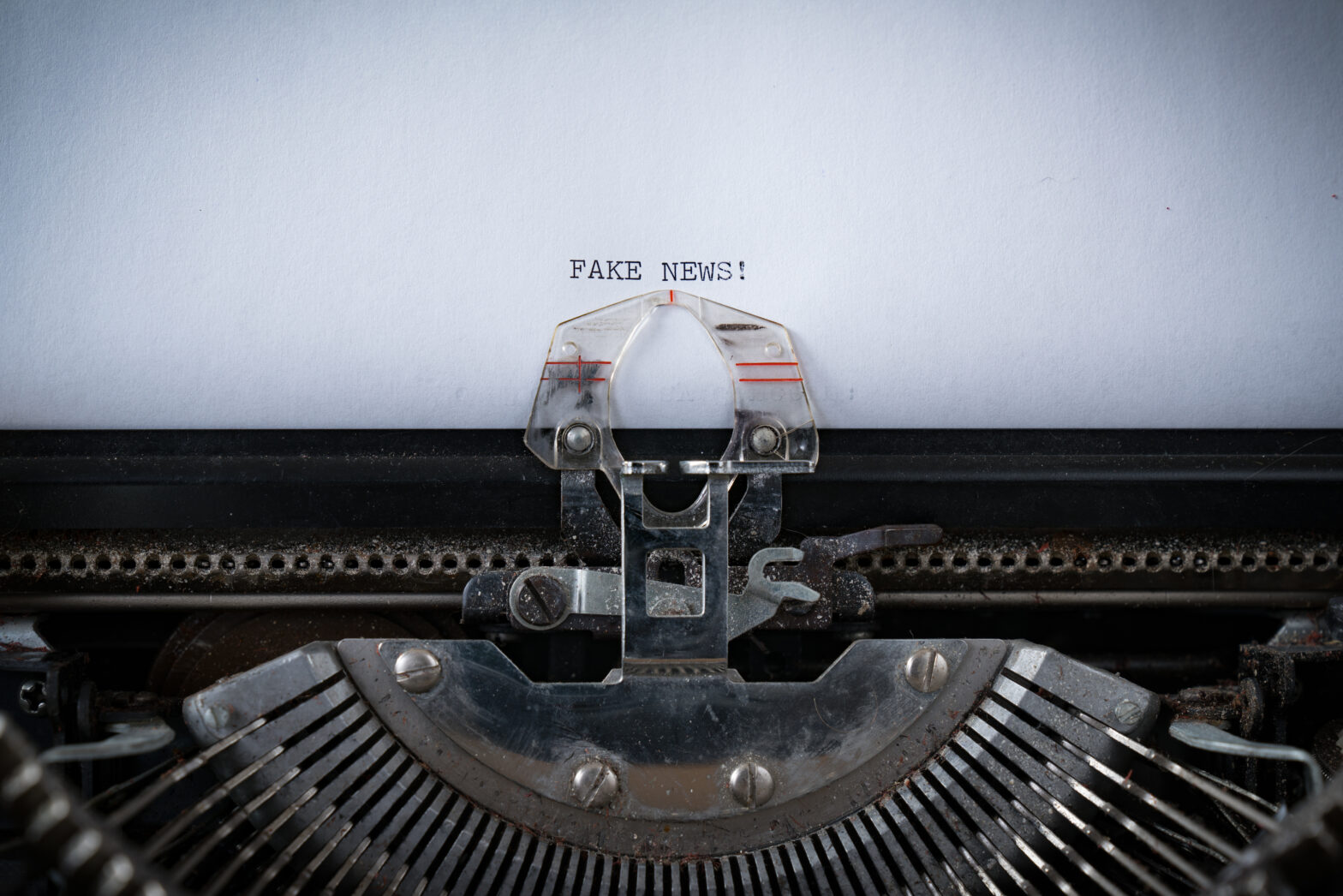According to NBC News, “Twitter doesn’t make it easy to track Russian propaganda efforts, but this database can help.”
The ‘this database’ the news broadcaster is referring to is a graph database and a new way of working with complex data, something that’s powering a recent investigation into Russian-generated fake news that NBC’s audience, US citizens, are very concerned about.
>See also: Fighting fake news through technology
The phenomenon of fake news matters to us all, of course, as such noise is a modern day scourge, being blamed for everything from Brexit to interfering in the 2016 US election campaign. It’s viewed as a genuine danger to democracy and made cheap and easy to perpetuate by the internet and social media.
We can’t rely on Twitter alone
Fake news is dreamt up and put out to resemble credible journalism to attract maximum attention and manipulate its readers. These fake news stories can be used to push political agendas, spread propaganda and deceive readers – and as the media has beaten a retreat into more click baiting than fact-checking, it looks like we are all increasingly defenceless against this onslaught of fakery.
Maybe the ‘real news’ is that graph databases – which first came to prominence with the base Google algorithm many years ago, but which were also one of the key enabling technologies used in the Panama and Paradise Papers – are capable of analysing large amounts of data and pulling out connecting relationships, and may step in as potential help here.
>See also: Google taking on the ‘fake news’ challenge
Let’s back up here for a second. There is no secret that Russian operatives cleverly utilised Twitter and other social media platforms in a bid to influence the 2016 US presidential elections cycle by pumping out fake news. The big question is how did they manage it.
The NBS news probe
Following the US presidential elections, a US Intelligence report released a list of 2,752 false Twitter accounts that were believed to have been operated by a Russian troll factory, called the Internet Research Agency. Twitter responded swiftly, closing the accounts and removing the Tweets. And despite all the suspect accounts and Tweets being taken down, its journalists were able to put together a subset of them. Using graph technology from Neo4j, the NBS News team then analysed this data to winkle out what the suspected Russian troll factory behind it was up to.
NBC News used graph software to highlight hidden connections between accounts, posts, flags and websites, and by putting together a picture of these hidden connections, it could soon see the patterns behind the fake news – proving these accounts were impersonating the average American, drawing hundreds of millions of followers to spread inflammatory propaganda.
>See also: How to combat the rise of fake data
To help spread the word, NBS News then open sourced its data in the hope others could learn and contribute to a combined database.
A few days later, the individual investigating President Trump for possible Russian collusion, Robert Mueller, specifically named the Internet Research Agency and two Twitter accounts identified by this probe as suspect.
What the investigators have decided is that the group behind this fake news campaign worked to develop Twitter accounts using common hashtags as well as posting retweets to gain traction and followers and amplify the message. For example, one account sent more than 3,200 original tweets, averaging about seven tweets per day; only 21 tweets out of more than 9,000 sent were original.
It also saw that to spread disinformation and cause more confusion, it played both sides against the middle – with one group tweeting mainly about right-wing politics, a second group being more left-leaning, and a third group covering topics in the Black Lives Matter community.
>See also: The enterprise services sector: expectation vs reality

The best way forward?
Perhaps it is obvious social media platforms and governments must look to better regulate social media, but no-one wants over-restrictive legislation either.
A much better way forward would be to be to pinpoint the kind of connections that uncover attempts at manipulation like this. It is impossible for humans to spot these relationships in a huge dataset without the right tools, so turning to accurate scalable technology like graph software makes sense because it is natively designed to analyse data in this way. So perhaps just as with detecting the secret financial affairs of the global elite in the Panama and Paradise Papers, graph databases could and should help lead the fight back against fake news?
Sourced by Emil Eifrem, co-founder and CEO, Neo4j







